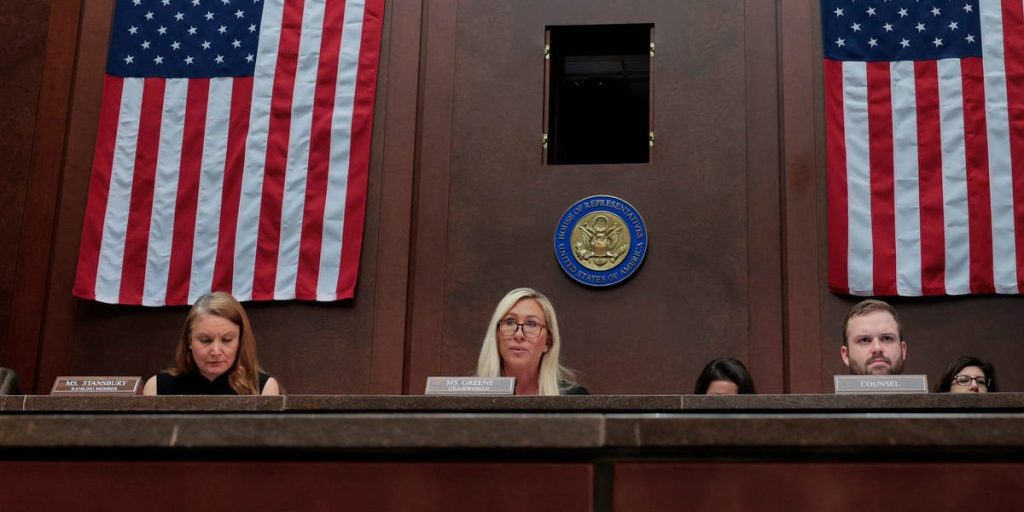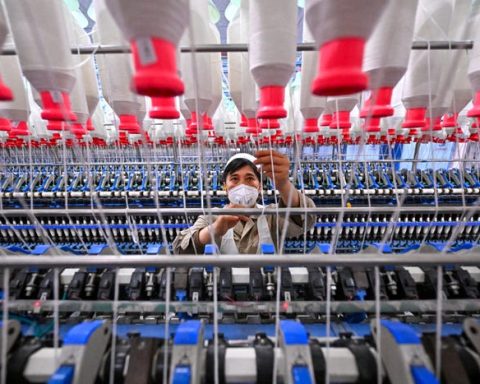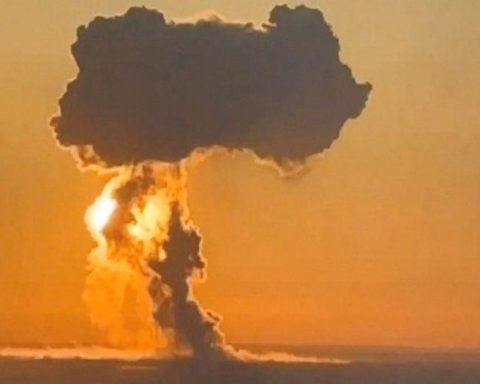The recently announced mineral agreement between the U.S. and Ukraine—celebrated by President Donald Trump as a “very big deal” and expected to coincide with President Volodymyr Zelensky’s U.S. visit this Friday—might not yield significant financial returns in the near term, according to experts consulted by Forbes. Concerns have been raised about the high costs and prolonged production timelines needed to extract the desired raw materials highlighted by the White House.
Key Facts
– On Wednesday, Zelensky confirmed a deal that involves the U.S. receiving 50% of the revenues from Ukraine’s state-owned mineral resources, which will be funneled into a shared fund.
– The details of the agreement remain vague, but it is known that it won’t involve currently operational mines. Revenue generated is expected to assist in repaying the U.S. for its aid to Ukraine amid its conflict with Russia and support the nation’s reconstruction efforts, as outlined in a draft contract reviewed by various media outlets.
– Trump pointed to Ukraine’s significant stores of natural resources, which include lithium (integral for electric vehicle batteries), graphite (used in batteries and aerospace components), and ilmenite (a titanium ore).
– However, experts indicated that the costs associated with extracting these sought-after minerals may be substantial, requiring years of investment before delivering sizable returns. According to S&P Global, while Ukraine boasts around 5% of the world’s rare earth minerals, it has no current active rare earth mines. Enhancing Ukraine’s untapped mineral reserves—particularly graphite, lithium, and titanium—prior to Russia’s invasion was already a considerable challenge needing “substantial investment,” as stated by Willis Thomas, head of the CRU+ team at the CRU Group.
When Will the U.S. Access Ukraine’s Rare Earth Minerals?
The near future does not look promising. Analysts believe that these minerals “won’t generate profit for the next 10 or 15 years,” with particular focus on lithium developments expected to be at least three or four years away from market entry, according to TD Cowen analyst David Deckelbaum. Existing mines will continue generating revenue for Ukraine, which may limit U.S. access to certain ongoing mineral projects, including a longstanding graphite mine and early-stage lithium sites.
Big Number
Up to **$2 billion**. This is the estimated capital required to initiate operations for a rare earth mineral mine. Analysts note that investment in mining is challenging given current “poor” market conditions. “It doesn’t matter if you’ve got all these rare earth ores in the ground; if it’s not profitable, no one will want to mine them,” explained Ingall.
Will This Agreement Strengthen U.S. Competitiveness Against China in the Mineral Market?
Not immediately, as per expert insights. Resources like graphite and rare earths are abundant globally, yet the true value lies in the refining process, which is predominantly carried out in China. Currently, China commands 65% to 70% of lithium refining capacity, with a similar stronghold over the graphite market. Accessing raw materials alone won’t address the existing reliance on China for refining; there are ample resources in various countries from Australia to South America. However, creating an alternative supply chain not reliant on China through accessing Ukrainian minerals is a necessary first step, Thomas noted.
Does Tesla Play a Role in the U.S.-Ukraine Mineral Deal?
Tesla, as one of the largest global producers of electric vehicles, is anticipated to be a significant player in lithium procurement. However, the company, led by Elon Musk, sources lithium across a global supply chain. Prior to the Russian invasion, Ukrainian officials had purportedly engaged Musk for investment in the country’s lithium production. Nevertheless, as of now, there is no direct connection between Musk or Tesla and the 2025 agreement.













